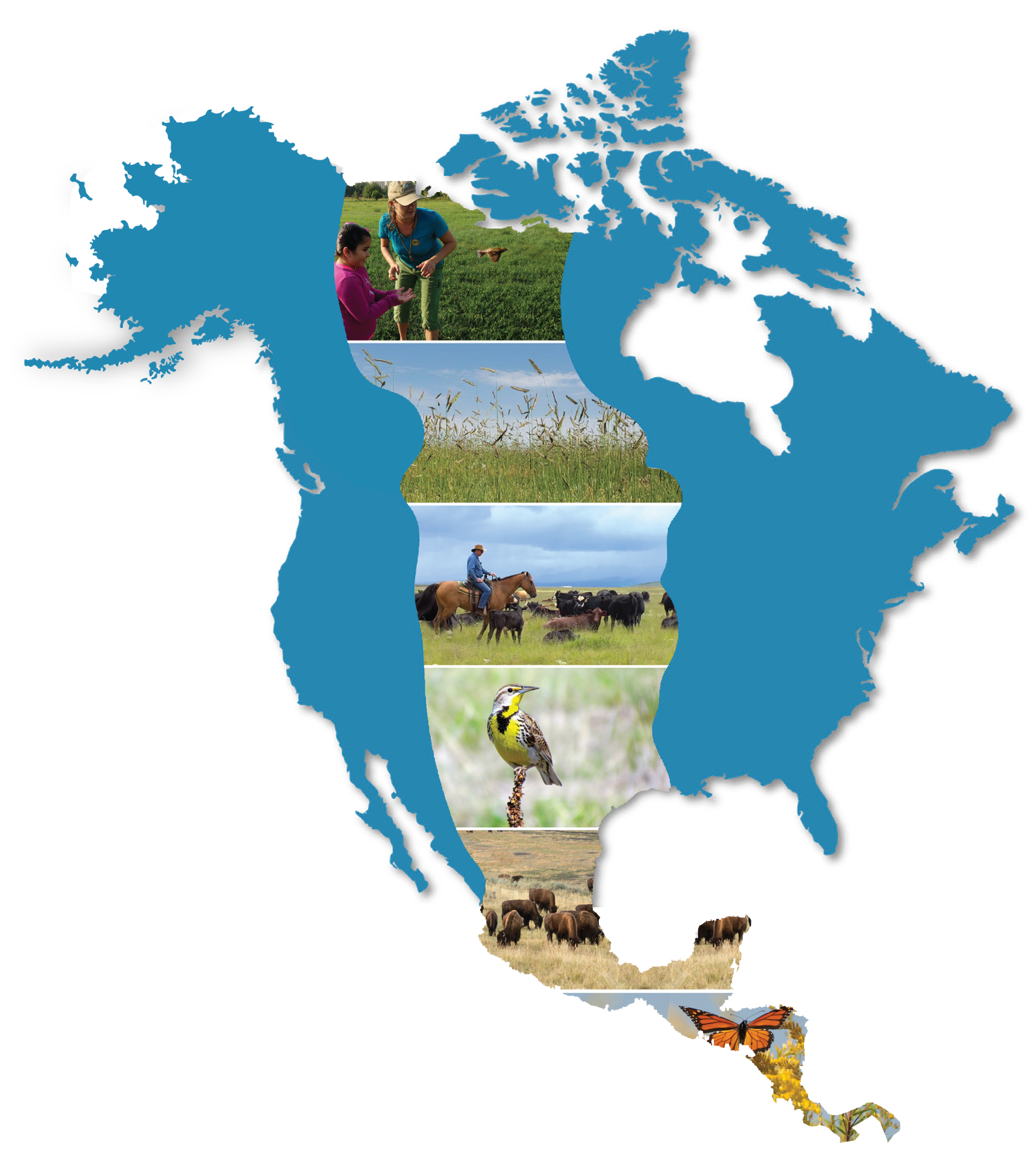The Motus Wildlife Tracking System
“Working collaboratively to cover more ground,”
written by Stu Mackenzie, Director of Migration Ecology, Birds Canada.
Understanding how, where, and why birds migrate the way they do is crucial to protecting them. But the science of avian migration can be complex and consuming, requiring the collaboration of many researchers and advanced technology. The Motus Wildlife Tracking System tackles both of these requirements in one: a groundbreaking research network that employs coordinated automated radio telemetry to track the movements of birds, bats, and insects.
Motus is a program under the direction of Canada’s national bird conservation organization, but operates on the collaboration of a group of other organizations and researchers. The program has expanded to 28 countries and six continents, resulted in upwards of 100 peer-reviewed publications, the involvement of 700 partners and collaborators, and the tracking of more than 22,000 animals.
The key to the tracking system’s infrastructure is its coordinated automated radio telemetry system. Motus transmitters range from 0.2g to 3g and are designed according to the tracking subject’s size: insects are given smaller, lighter transmitters, while birds and bats are given larger transmitters. Furthermore, Motus stations are positioned strategically throughout known high-migration landscapes. Transmitters will be detected if they are within 10-15km of a station.
This “enormous” system hinges on collaboration. As Stu Mackenzie, author and Director of Migration Ecology with Birds Canada states, Motus “truly embodies the concept of partners in flight.”
